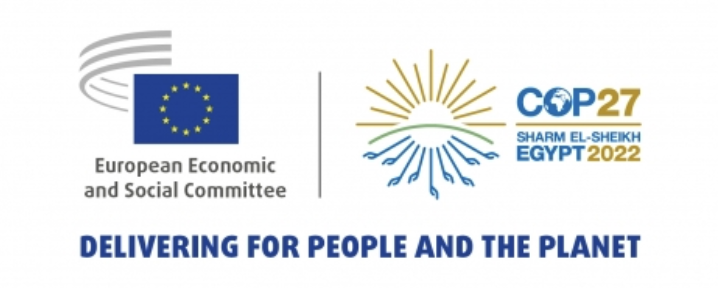Started by the United Nations, the COP, or Conference of the Parties, is currently conducting its 27th installment in Sharm el-Sheik, Egypt. COP 27 is a conference that brings together government leaders, mayors, ministers, CEOS, organizers, activists, negotiators, and civil society representatives. The purpose of this 2-week conference is to operationalize cooperative approaches for confronting the climate crisis. Heads of state and other industry stakeholders discuss collaborative efforts to accelerate developments that confront the negative effects of climate change. Governments in attendance understand that there are expectations to deliver on past promises and respond to the needs of the communities suffering the most from implementation with ambition, equity, and access.
Science has proven that global warming is happening more rapidly than expected, so therefore, countries are coming together to discuss the implementation of actionable plans and ensure climate goals are being hit according to the Paris Agreement and the Convention. Originally, the Paris Agreement called for countries to take concerted climate action to reduce greenhouse gas emissions by hitting a 1.5˚C goal by 2030. Unfortunately, they rose. Ecosystems and global communities are being pushed to their limits. However, according to the World Meteorological Organization, the odds of reaching the threshold in the next 5 years are 50/50.
The session that I made sure to tune in to was "Toward a net positive textile industry by 2050 - Setting ambitious targets and inspiring leaders," which was hosted by Federica Marchionni of the Global Fashion Agenda and Elisa Tonda, chief of Resources and Markets Branch for UNEP. The presenters welcomed industry stakeholders to share insight and discuss effective ways of transitioning to circularity by the scheduled goals because, as we’ve discussed, on the current route the fashion and textile industry travel, they will miss decarbonization targets significantly.
A brand-new initiative was formally launched during the event. The Fashion Industry Target Consultation is a project that aims to accentuate specific industry-aligned targets such as: Respectful & Secure Work Environments, Better Wage Systems, Resource Stewardship, Smart Material Choices and Circular Systems. Purchasing practices and circular designs are other matters for which the consultation seeks to formulate new targets. Furthermore, The Fashion Industry Target Consultation aims to converge existing industry efforts and targets with clarity for arriving at 1.5˚C pathway and a net-positive fashion industry. Using the initiative as a guide, the industry will be able to monitor and track progress, as well as drive accountability through measurable metrics.
Through cooperative approaches and the collective progress of all industry stakeholders on mitigation, adaptation, finance, capacity building, and technology development and transfer ideas will be operationalized and guaranteed interoperable. Additional solutions that should be considered are ESG based management solutions. With engagement and financial investments, sustainability can be embedded into the entity’s value creation process.
Lastly, GFA and UNEP are inviting industry stakeholders from across fashion and textiles' global value chains to offer input and insights on the performance indicators, as well as formulate new targets in underserved areas.
Sources:
1. The Global Agenda (2022). The Fashion Industry Target Consultation. https://globalfashionagenda.org/resource/fashion-industry-target-consultation/
2. EU COP 27 Conference Side Events
3. UN (2022). Delivering for people and the planet. Communicating on Climate Change. UN COP 27. https://www.un.org/en/climatechange/cop27

